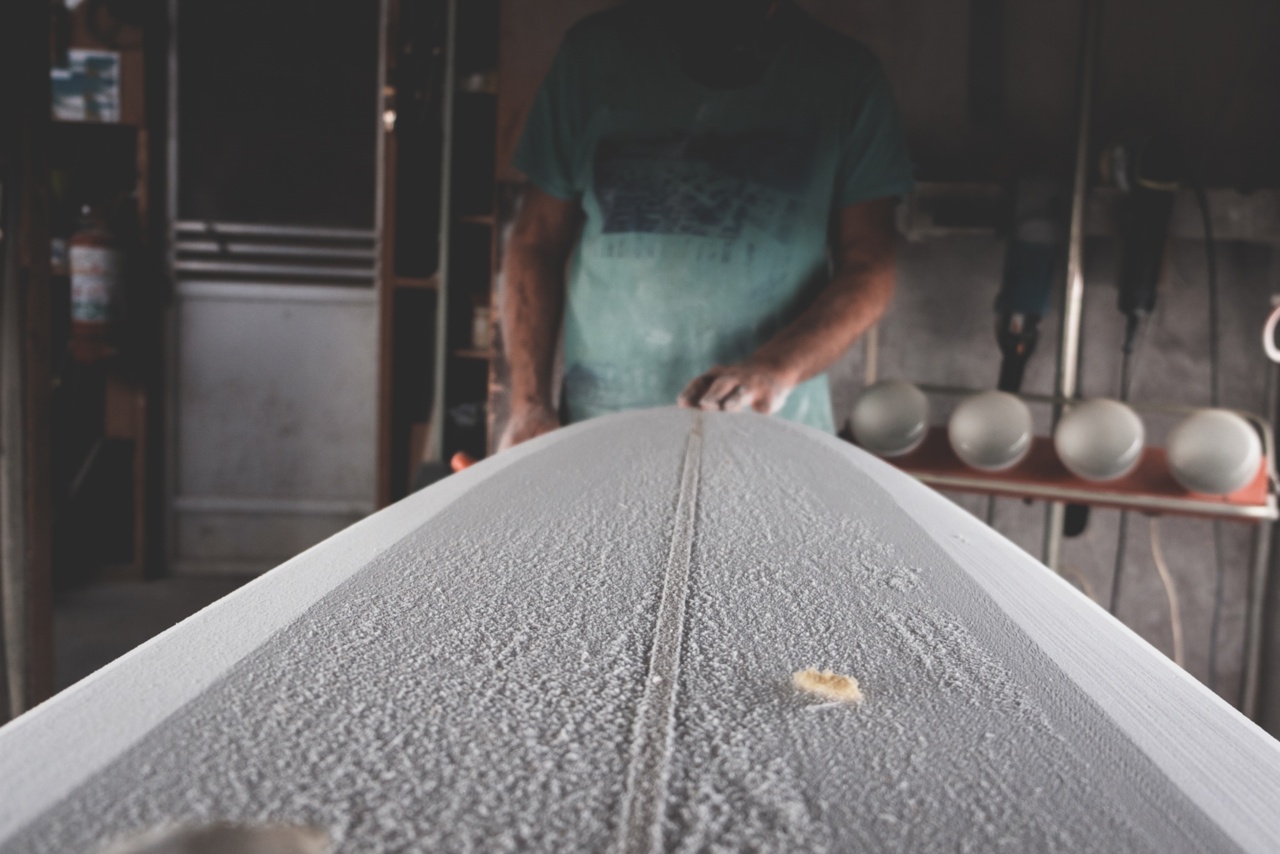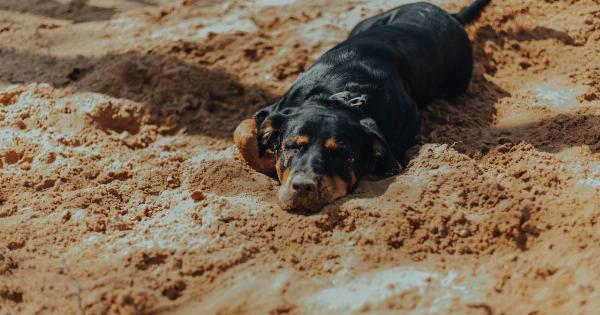Many dog owners wonder whether shaving their furry pals can help keep them cool, especially during hot summer months.
The idea behind shaving a dog’s fur is that it may help prevent them from overheating and make them feel more comfortable in the heat. However, it’s important to delve deeper into this topic to understand whether shaving a dog is truly beneficial or if it may have adverse effects on their health and well-being.
The Functionality of a Dog’s Fur
A dog’s fur serves various purposes, including providing insulation, protection from the sun’s harmful rays, and regulating body temperature.
The top layer of a dog’s coat, known as the guard hairs, helps shield the skin from the sun, reducing the risk of sunburn and overheating. Underneath the guard hairs, dogs have an undercoat made up of fluffy and insulating hairs, which help keep them warm during colder months and provide extra cushioning.
Heat Regulation in Dogs
Dogs have a natural way of regulating their body temperature through their fur. In hot weather, dogs dissipate heat by panting, as moisture evaporates from their tongue and respiratory tract, cooling them down.
Additionally, dogs have sweat glands primarily located on their paws that aid in cooling their bodies, though sweating is not their primary means of heat regulation.
Shaving and Overheating Dangers
Contrary to popular belief, shaving a dog’s fur can actually lead to complications rather than keeping them cool. Dogs’ fur acts as insulation, helping to protect them from both hot and cold temperatures.
Shaving off this protective layer can leave them vulnerable to sunburn and overheating. Without the guard hairs and undercoat, their skin becomes directly exposed to the sun’s harmful UV rays.
In addition to the risk of sunburn, shaving can interfere with a dog’s natural cooling system. Dogs’ fur is designed to create airflow, allowing heat to escape from their bodies.
By removing this layer of fur, the dog’s ability to regulate its body temperature diminishes, potentially making them more susceptible to heatstroke and heat exhaustion.
It’s important to remember that not all dogs are equally affected by heat. Breeds with shorter snouts, such as Bulldogs and Pugs, already face challenges when it comes to regulating their body temperature due to their brachycephalic anatomy.
Preventing overheating in these breeds becomes even more crucial, and shaving their fur may further exacerbate their vulnerability to high temperatures.
Exceptions to the Rule
While shaving a dog’s fur is generally not recommended, there are some exceptions where it may be beneficial. In certain medical situations, such as severe matting or dermatological issues, shaving a dog’s fur may be necessary.
Matting occurs when a dog’s fur becomes tangled and clumped together, causing skin irritation and discomfort. In such cases, shaving the matted fur can alleviate the dog’s discomfort and improve the condition of its skin.
However, it’s important to consult with a professional groomer or a veterinarian before making the decision to shave a dog. They can provide guidance based on the individual dog’s coat, breed, and overall health.
Alternatives to Shaving
Instead of shaving a dog’s fur, there are alternative methods to help keep them cool during hot weather:.
1. Regular Brushing
Regular brushing, especially during shedding seasons, helps remove loose hair, allowing for better airflow through the coat. This promotes the effectiveness of the dog’s natural cooling system and reduces the risk of matting and discomfort.
2. Cooling Accessories
There are various accessories available that can help keep dogs cool, such as cooling mats, bandanas, and vests. These products are designed to provide a cooling effect to the dog’s body, offering relief during hot weather.
3. Plenty of Water and Shade
Ensuring that dogs have access to plenty of fresh water and shade is crucial in preventing overheating. This allows them to regulate their body temperature naturally and escape the direct heat of the sun.
4. Breeds with Heat-Tolerant Characteristics
Consider adopting or choosing breeds that are better equipped to handle hot temperatures.
Breeds such as the Afghan Hound, Basenji, or Greyhound have evolved in warmer climates and often have thinner coats or specific characteristics that aid in heat dissipation.
Conclusion
Shaving your dog may seem like a quick solution to keep them cool during hot weather, but it can have adverse effects on their health and well-being.
Dogs rely on their fur to regulate their body temperature, and shaving it off can lead to sunburn, overheating, and diminished natural cooling abilities. It’s important to explore alternative methods, such as regular brushing and providing cooling accessories, to help keep your furry friend comfortable and safe in warmer weather.
Consulting with a professional groomer or veterinarian can provide tailored advice based on your dog’s specific needs.






























